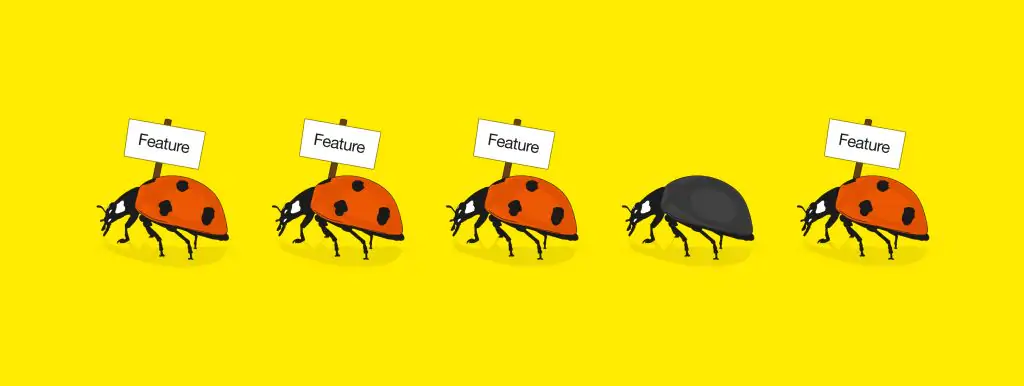Scrum and Kanban are two popular methodologies
Scrum and Kanban are two popular Agile methodologies used in software development. While Scrum focuses on delivering a working product in short sprints, Kanban emphasizes continuous flow and visualizing work. Scrum can be a good fit for teams working on complex projects with changing requirements, while Kanban may work better for teams working on stable projects with predictable workloads. Transitioning from Scrum to Kanban requires a shift in mindset and a willingness to experiment with new processes and tools to ensure a smooth and successful transition.
Agile methodology has conquered the software development world thanks to a specific set of values and principles. The dynamic methodology is based on collaborative teamwork with a focus on customers’ satisfaction where changing project requirements are welcome.
Software development life cycle with Agile is subdivided into iterations and sprints lasting usually 2-4 weeks. It gives a team the ability to review a single development cycle and respond to the arisen issues in time. Communication in Agile project development is much more important than documentation. Through communication members of Agile teams aspire to make each other interchangeable specialists with multiple skills. This way, the role of Project Manager may be taken by any team member that is able to provide the team with rapid feedback to each iteration and continuously evaluate the required resources.
Agile pillars of work are echoed by many development teams that have led to the rapid enhancement of Agile frameworks.
Scrum
Scrum is one of the leading types of Agile methodology that is usually described as an iterative process with a clear goal. The main principles of Scrum development are transparency, inspection and adaptation. Within Scrum software development a Product Owner collaborates with a team on creating their product backlog. The product backlog is designed to prioritize functionality, bug-fixes and other issues that have to be done during the next sprint. Every day a team has a stand-up meeting to control, manage and discuss the progress. All process is managed by Scrum Master.
Lean
Lean is based on continuous improvement, eliminating waste and fast delivery. It allows a team work only on truly valuable features and deliver them as fast as possible. Firstly, teams should identify values and create a Value Stream Mapping based on it. Then the development phase begins. The development process should include continuous flow, pull system and continuous improvement. Lean methodology is well-described in its philosophy “Less is more”.
Kanban
Kanban is a highly visual Agile subtype that is often used together with Lean. The main goal of this Agile framework is to limit “in progress” tasks for a day to boost productivity. That is why the essential part of workflow is visualizing tasks for today dividing them into groups like “to do”, “in progress”, “done” and so on. When a finished task moves to the “done” section, another highest priority task should be moved to the “in progress” group. This way the team always stays productive.
Feature Driven Development
Feature Driven Development (FDD) is focused on client-valued functionality. Every stage of software development is made by feature including planning, design and building. It means that members have a separate development and design plan for every single feature. First of all, team creates an overall model that is unique for every specific project. Then they make a feature list where all the features are grouped into sets and subject areas. After the preparation stage the team can start development and design based on the features list.
Around other Agile methodologies there are also Extreme Programming, Crystal, Dynamic Systems Development Method, Test Driven Development, etc.
Agile project development has become a perfect solution for dynamic software ideas combining flexibility and productivity. Exposit software engineers have working experience with Agile frameworks including Scrum, Lean, Kanban, FDD, TDD and others. We can develop your software project from scratch using the most suitable methodology for you and your business.







